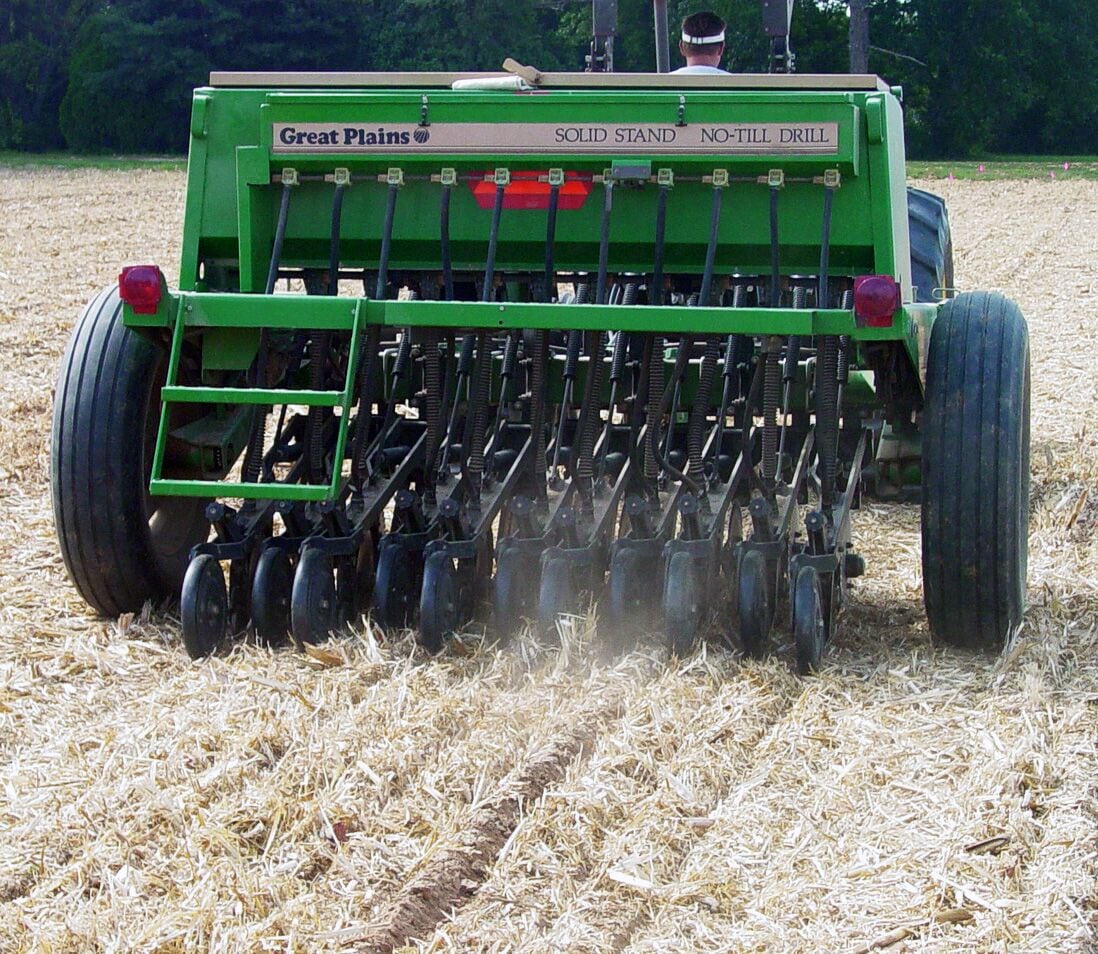Cover Crops

Setting up equipment for operation in high-residue systems in critical to ensure the establishment of optimum plant stands.
Set row cleaners to move residue away from the plant row without trenching into the soil surface. Make adjustments to account for differences in residue amounts and different cover crops. Soils with heavy residue are generally wetter than traditionally-tilled soils. Over time, experience will help farmers know how to adjust planters to combat challenges.
Terminated residue must be dry and crispy in order for coulters to cut through residue without hairpinning in the slot. Hairpinning occurs when straw is pinned in the seeding slot. Hairpinning leaves air voids and increases the risk of poor seed-to-soil contact. This can drastically reduce plant stands. If using a roller to terminate cover crops, researchers recommend producers plant parallel to the direction of rolling to avoid hairpinning and residue build-up—or wrapping—on row cleaners.
Soils with heavy residue tend to be cooler in the spring compared to bare soil. Optimum soil temperatures are essential for adequate seed germination and seedling growth. A delay in early planting may be necessary to allow soil temperatures to warm.
In order to operate in high-residue systems, farm equipment modifications may be necessary. Therefore, there are several options and modifications available for planters and in-row subsoilers.
Read more about these modifications in a downloadable PDF.

